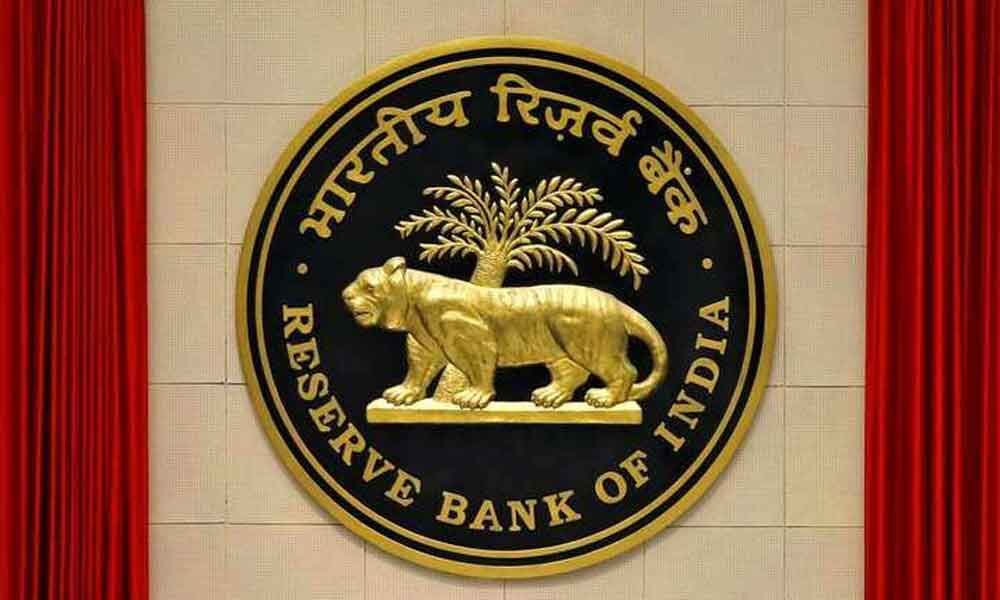G-SAP for orderly G-Sec market on the anvil

Reserve Bank of India
The endeavour through the programme will be to ensure congenial financial conditions for the recovery to gain traction, says RBI
Mumbai: Reserve Bank of India (RBI) on Wednesday said it is putting in place a secondary market government securities acquisition programme or G-SAP 1.0 for this financial year to enable an orderly evolution of the yield curve.
According to the central bank, the endeavour through the programme will be to ensure congenial financial conditions for the recovery to gain traction. Under the programme, which will be for the current financial year, RBI "will commit upfront to a specific amount of open market purchases of government securities with a view to enabling a stable and orderly evolution of the yield curve amidst comfortable liquidity conditions," Governor Shaktikanta Das said while announcing the monetary policy.
For the first quarter of 2021-22, RBI will conduct a G-SAP of Rs one lakh crore and the first purchase of government securities for an aggregate amount of Rs 25,000 crore will be conducted on April 15, Das said.
"The positive externalities of G-SAP 1.0 operations need to be seen in the context of those segments of the financial markets that rely on the G-Sec (Government Securities) yield curve as a pricing benchmark," he noted. He also said that extension of Held-to-Maturity (HTM) dispensation opens up space for investments of more than Rs 4 lakh crore.
According to him, RBI will continue to deploy its regular operations under the LAF, longer-term repo/ reverse repo auctions, forex operations and open market operations, including special OMOs, to ensure liquidity conditions evolve in consonance with the stance of monetary policy and financial conditions are supportive for all stakeholders. LAF is Liquidity Adjustment Facility while OMO refers to Open Market Operations. The central bank also announced that it will conduct 14-day Variable Rate Reverse Repo (VRRR) auctions of longer maturity as indicated in the Revised Liquidity Management Framework announced on February 6, 2020. The amount and tenor of these auctions will be decided based on the evolving liquidity and financial conditions, RBI said. "This is a part of RBI's liquidity management operations and should not be read as liquidity tightening. In fact, by paying a higher rate of interest on liquidity absorptions through the VRRR auctions, RBI is indirectly expanding liquidity," Das emphasised.
While laying out the liquidity management strategy for 2021-22, Das said RBI's endeavour is to ensure orderly evolution of the yield curve, governed by fundamentals as distinct from any specific level thereof. "Our objective is to eschew volatility in the G-Sec market in view of its central role in the pricing of other financial market instruments across the term structure and issuers, both in the public and private sectors," he said.














